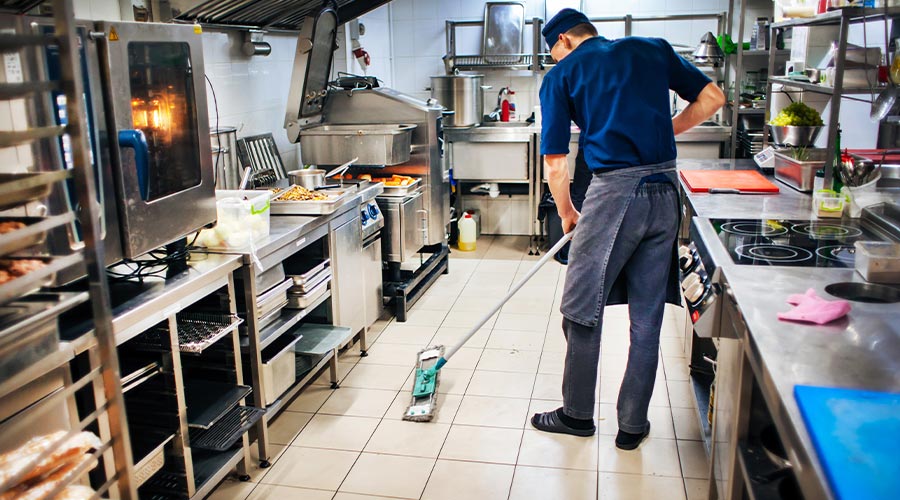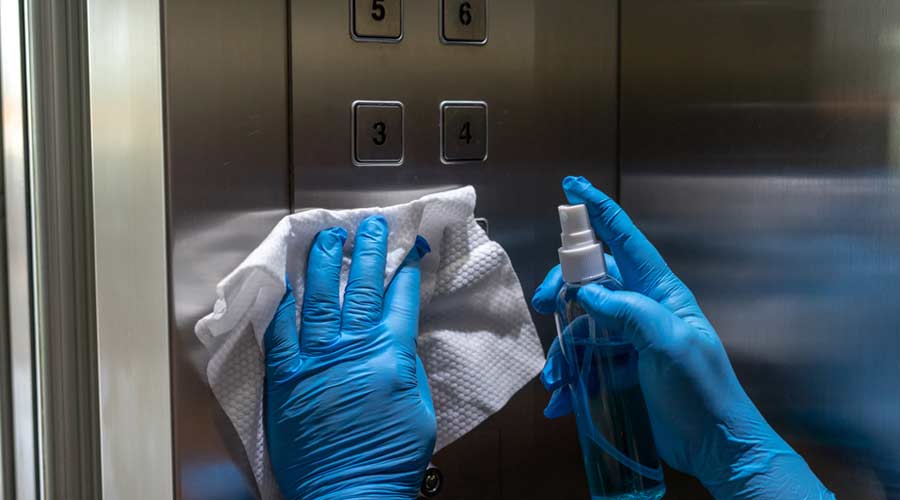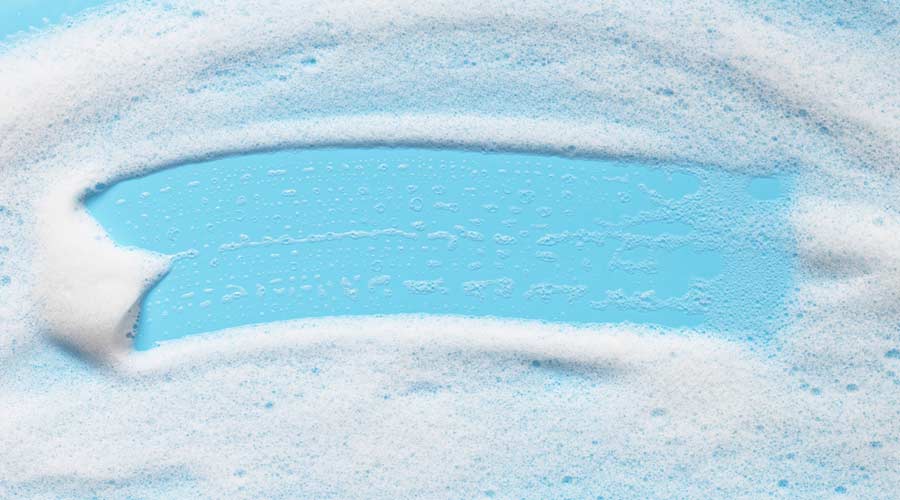
In foodservice environments, the floor beneath workers’ feet is often one of the biggest safety hazards. Slick surfaces, greasy residue and heavy foot traffic in commercial kitchens or cafés create a high risk of slips, trips, and falls.
Clean, safe floors are essential for complying with safety regulations, protecting staff and guests and ensuring smooth, uninterrupted daily operations. However, keeping floors clean in these areas comes with challenges; chief among them how easily grease travels beyond the kitchen.
Joel Craddock, president of Doc's Facilities Solutions Inc., Rochester, New York, says the biggest problem is grease buildup on restaurant floors.
“Even if it starts in the back of the house, it attaches to everyone's footwear. That grease gets tracked into the front dining areas, restrooms and even outside,” he says.
Add a spilled drink or water from the sink into the mix, and the danger multiplies. When the two come into contact things can get very slippery.
Turnover is high in the foodservice and cleaning industries, which adds to the difficulty. Constant staff changes require an establishment to continually retrain new employees. That’s why consistent protocols around chemical use, floor care and staff education are critical. In fact, Craddock says these are the three most important protocols in any food service facility.
The First Line of Defense
Proper matting is a top priority in keeping floors safe in foodservice spaces. Unfortunately, walk-off matting at entrances and in high-spill zones is often overlooked.
“Most restaurants don’t have enough matting, or the right types,” Craddock says. “It’s often a cost issue. I get that. But if you lack the right matting and someone slips and falls, can you afford what that is going to cost you? Because you are going to get sued, and you will probably lose.”
Investing in high-quality matting and placing mats near refill stations, beverage dispensers, and entrances can dramatically reduce slip-and-fall risks and keep floors cleaner longer. Mats are also needed at all points where the flooring type changes.
Craddock recommends considering the outside environment when adding matting. In areas with heavy snowfall or rainfall, scraper mats are needed to remove debris and wiper mats to clean the soles of shoes. Matting should also span about 15 feet, covering roughly 8-to-12 steps.
“Many restaurants have a 3-by-5 mat with their logo on it at the entrance, but that will not dry off someone’s feet,” he says. “If wet shoes hit a greasy, hard floor, the person may slip.”
Place matting throughout the kitchen, too. Rubber, anti-fatigue mats with openings for food and grease to pass through are recommended in kitchens to keep debris off of employees' feet.
Chris Evans, vice president of sales and general manager of Villa Rica, Georgia-based Apex Chemical & Supply, offers valuable matting advice: Avoid polyolefin mats and prioritize a more absorbent mat.
“Consider mats that feature small gripper fingers or squares that trap water while the mat absorbs it,” he says. “Any moisture that isn’t absorbed drains into the gutter system, which sits just a few centimeters below the mat’s surface. This design effectively holds the water, preventing it from reaching the floor and reducing the risk of slips and falls.”
Mats need consistent care because they can get slippery, too. It’s a good protocol to scrub mats with a degreaser at least daily. Evans also recommends using an electric or battery-powered sprayer to rinse mats thoroughly at the end of each day.
“Cleaning mats removes dirt buildup, allowing them to absorb moisture more effectively,” Evans explains.
Cleaning Foodservice Spaces Must be Consistent

 The Down and Dirty on Cleaning in Virus Season
The Down and Dirty on Cleaning in Virus Season How Surfactant Use is Expanding in Commercial Cleaning
How Surfactant Use is Expanding in Commercial Cleaning